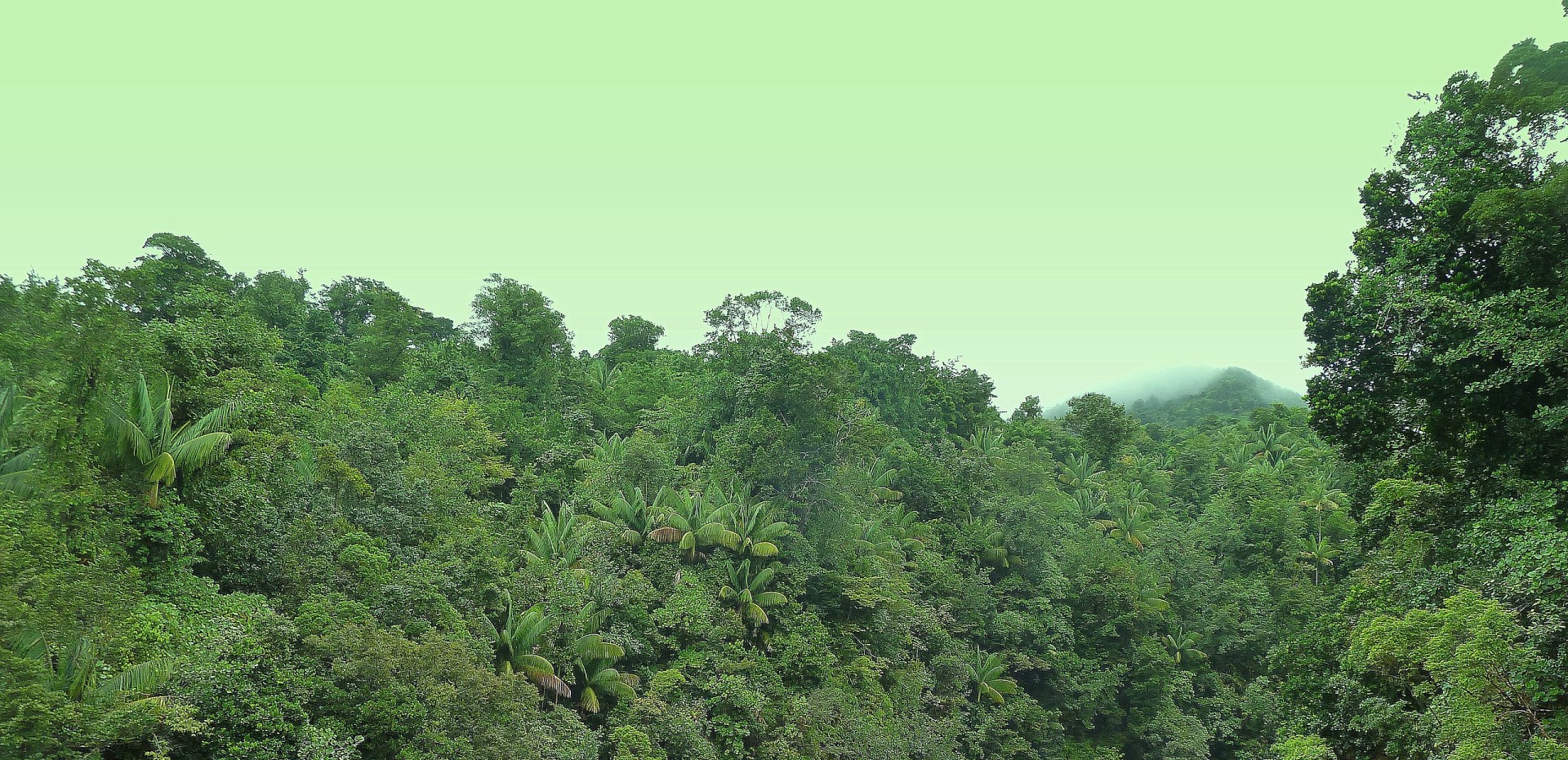
Dominican republic and Haiti on the island of Hispaniola
An island lying between Puerto Rico and Jamaca, the island is split between these two countries, and is considered a part of the Caribbean, and is a part of north America. The Silver Bank lies off the coast where one of the world’s largest concentrations of Humpback Whales gathers and it is possible to swim with them! Swimming with the whales usually means living a week or so aboard a suitable vessel, donning wetsuit, mask and snorkel, being able to swim a minimum of 50 metres in the open sea and staying in the water, with a buoyancy aid if required, for up to three hours at a time. No scuba-diving or free-diving is allowed, there are strict guidelines about how to behave in the water while waiting for the whales to pass by, and tourist numbers are limited to less than 600 per season, all of which help to maximise the chances of enjoying one of the ultimate wildlife experiences, possibly completed with whale song.
40% of the Dominican republic remain forested (Haiti, the toher end of the island only has 3.7% forest cover). The forests on the slopes of the Sierra de Bahoruco, where virtually all the endemics occur, are being swept down by a tide of refugees from the already cleared hillsides of adjacent Haiti, clearing land mostly it seems as cheap labour for local landowners making money from charcoal and then crops. The birds live on, in increasingly fragmented forest, but for how long?
Endemics in Haiti and Dominican Republic count 31 + 3 single-country endemics (those only found in one half of the country or other). These are all birds: Least Poorwill (Pauraque), Hispaniolan (Greater Antillean) Nightjar, Hispaniolan (Antillean) Mango, Hispaniolan Emerald, Bay-breasted Cuckoo, Hispaniolan Lizard-cuckoo, Ashy-faced Owl, Hispaniolan Trogon, Narrow-billed Tody, Broad-billed Tody, Antillean Piculet, Hispaniolan Woodpecker, Hispaniolan Amazon, Hispaniolan Parakeet, Hispaniolan (Greater Antillean) Elaenia, Hispaniolan Pewee, Flat-billed Vireo, White-necked Crow, Hispaniolan Palm Crow, La Selle Thrush, Palmchat, Hispaniolan (Antillean) Euphonia, Hispaniolan Crossbill, Antillean Siskin, Hispaniolan Oriole, Black-crowned Palm-tanager, White-winged Warbler, Green-tailed Warbler, Hispaniolan Spindalis, Western Chat-tanager and Eastern Chat-tanager.
Others include White-tailed Tropicbird, Magnificent Frigatebird, White-cheeked Pintail, Brown Pelican, Little Blue and Tricoloured Herons, Turkey Vulture, Purple Gallinule, wintering and passage migrant shorebirds, Laughing Gull, Royal Tern, Scaly-naped and White-crowned Pigeons, Zenaida Dove, Mangrove Cuckoo, Smooth-billed Ani, Burrowing Owl, Antillean Nighthawk, Northern Mockingbird, Pine and Yellow (Golden) Warblers, and Bananaquit. Also a chance of American (Caribbean) Flamingo, Reddish Egret (white morph), Roseate Spoonbill, Limpkin, Northern Potoo, and wintering/passage migrant passerines such as Bicknell’s Thrush, Northern Parula, Black-and-white, Black-throated Blue, Black-throated Green, Cape May and Prairie Warblers, American Redstart, Ovenbird and Common Yellowthroat.
The Vervain Hummingbird is the second smallest bird in the world.
Mammals are restricted to mostly to sea species (this island is not known for its diversity of mammal life but instead known for some of the world’s rarest and most unusual species such as the solenodon and hutia). Humpback Whale (Dec-Apr, mostly Jan-Mar). Also a chance of Sperm, Pygmy Sperm and False Killer Whales, and (Atlantic) Bottlenose, Fraser’s, Risso’s, Spinner and (Atlantic) Spotted Dolphins, and an outside chance of Hispaniolan Solenodon and Hutia (both most likely in the dry season, especially late January, near Pedernales, when they can be heard rustling the dead leaves).
Reptiles, Amphibians and Fish found include Dwarf Gecko, the world’s smallest lizard, occurs in Jaragua National Park.
Below, you will find any articles that mention this island, and below that a video of some of the islands wildlife. Below this, we will include a list of any links to resources that would help you plan your visit.










